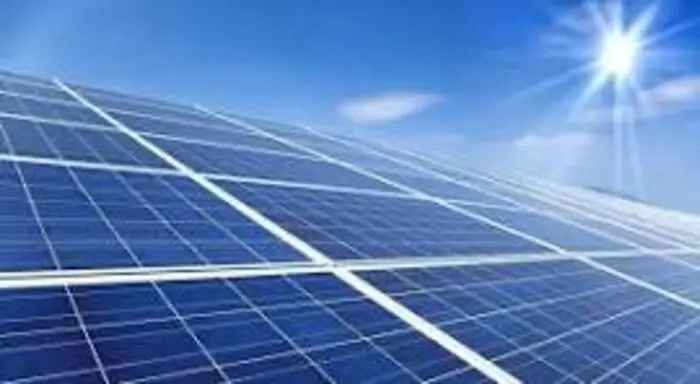I. Introduction
India’s solar power generation has recently achieved a significant milestone by becoming the third-largest solar power generator in the world.India has kept a pace with the rest of the world in solar power generation by becoming the third largest solar power generator behind China. This drift clearly reveals the increasing position of India amongst the most powerful renewable energies on the globe stage and shows the country’s commitment to environmentally friendly sources of energy. When the world is mulling over the complexities of treating climate change, Indian renewable energy development, particularly solar energy sector, becomes a leading example for other countries.
II. The Surge in Solar Power Generation
As you can see, solar energy now outweighs hydro power equally. 8% of power produced in India which come from solar photovoltaic. This ranks India as position two counted by the top four nations that are generating solar power which include China, the United States, and Brazil. The speed of which the solar energy boosts has been stupendous. In fact, solar power was less than one percent of the world’s total capacity with the share value of 0 as of 2015. RES now plays role in generation in electricity sector where the contribution was only 5% till 2023 but it saw an incredible rise to 5. It grew by 8%. In fact, it’s the 19th time in the row that solar power became the fastest-growing source of electricity and it firmly proves the importance of the field in the energy sector transformation.

III. Factors Contributing to India’s Solar Energy Expansion
Several factors such as evolving subsidy schemes, lowering prices, long term commitment from government are among the reasons for India’s increasing solar energy capacity. Through India bringing in 18 TWh to the grid, was the cause for the country to become one of the largest solar power generation increases, globally with a conservative estimate, for 2023. Such extension is in line with the cooperation by and generous investments from overseas partners, therefore building green renewable energy infrastructures.
Aditya Lolla, a solar energy pioneer and respected energy expert, called attention to the crucial role of solar energy in cutting carbon emissions and increasing the coverage of electricity supply in future. India’s solar power boom, apart from being a good environmental measure, is a vital component of the entire strategy of India of the manner of ensuring a reliable and sustainable energy supply of the nation.
IV. Floating Solar Potential and the Indo-German Initiative in India’s Solar Power Generation
Among the groundbreaking technology, which is the potential for floating solar photovoltaic (FPV) technology, the solar sector in India is experiencing massive expansion. India has billions of inland water bodies like lakes, ponds, and canals and that can be a home to up to 206 species. That would mean having a full fleet of fast photovoltaic (FPV) power boats with a peak capacity of 7 GWp. This technology can serve to maximize the time spent using and improve solar power production without taking up land resources in the process.
With the Indo-German Technical Cooperation on Innovative Solar (IN Solar) project standing example, international cooperation has manifested with the creation of the FPV technology. This program will prop up the floating solar in India immensely, so the projected growth figure will start kicking in as early as 2024 and they will be seen steadily expanding up to 2040.
V. India’s Ambitious Solar Energy Goals for Solar Power Generation
Nether the solar targets India intends to achieve and the IEA’s “Net Zero Emissions” scenario have a common focus on fighting climate change. Therefore, the country has set itself a task at national level to be able to supply at least 50% of its cumulative electricity using non-fossil fuel-based energy by 2030. This aim will be reached through the persistence of the next generation of solar technology breakthroughs and adaptations, which include, for example, the modules that are installed on the surface of the water bodies.
The key role of these technological advancements is to help India achieve the designed high renewable energy targets. They will be the linchpin in making intermittent solar power an integral part of the scheme of things that India employs as a weapon in the war against climate change and as part of the strategy to transition to a kind of sustainable energy future.
VI. Conclusion
As India’s position as the third largest solar power generator show strongly, it is evidence of the boundless determination of the country to renewable energy. It not only positions India as a leader in the fight for saving the planet on the world map but also emphasizes the creation of such future which is electrified and has no carbon footprint. The continuing efforts by India to advance in solar expertise and development provide a persuasive projection of the earth about the indispensability for all countries to embark on renewable energy solutions.
You can follow these links for more info:
You can also follow to know more about solar cells and solar energy:
Discover more from WireUnwired Research
Subscribe to get the latest posts sent to your email.



